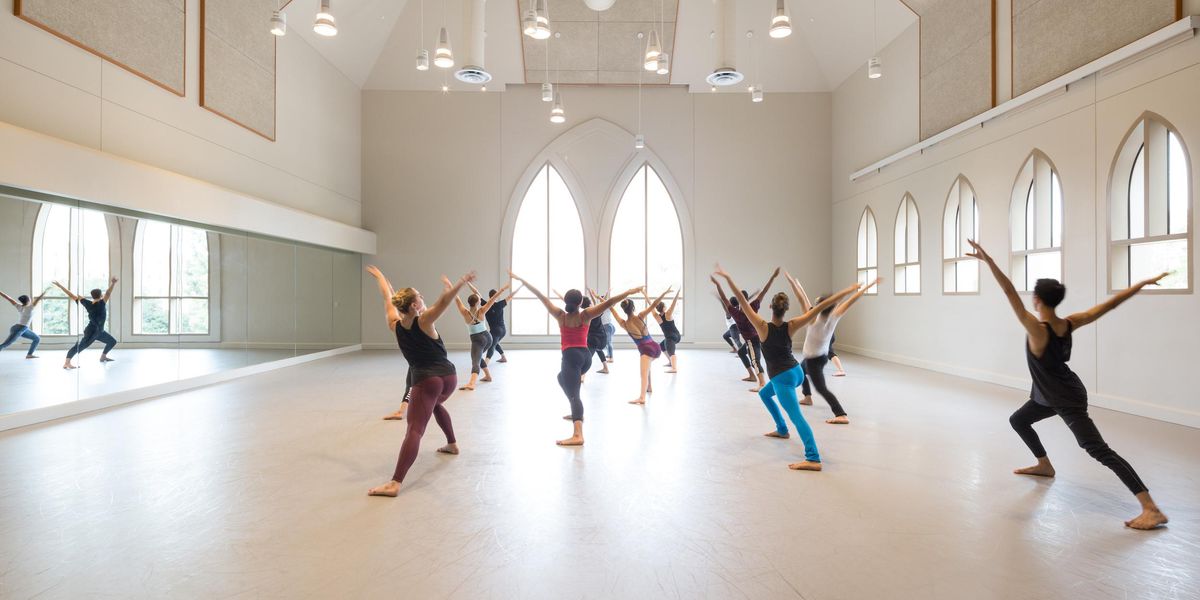Why I Choreograph: Paul Taylor
Paul Taylor needs no introduction. The essay below has been adapted from Paul Taylor’s “Why I Make Dances,” which originally appeared in
The Wall Street Journal in 2007. For an update on his company’s annual NYC season this month—for the first time at Lincoln Center—see “Dance Matters.”
To put it simply, I make dances because I can’t help it. Working on dances has become a way of life, an addiction that at times resembles a fatal disease. Even so, I’ve no intention of kicking the habit. I make dances because I believe in the power of contemporary dance, its immediacy, its potency, its universality. I make dances because that’s what I’ve spent many years teaching myself to do and it’s become what I’m best at. When the dances are good, nothing else brings me as much satisfaction. When they aren’t I’ve had the luxury, in the past at least, of being allowed to create others.
From childhood on, I’ve been a reticent guy who spends a lot of time alone. I make dances in an effort to communicate to people. A visual medium can be more effective than words. I make dances because I don’t always trust my own words or, for that matter, those of quite a few others I’ve known. I make dances because working with my dancers and other cohorts allows me to spend time with trustworthy people I’m very fond of and who seldom give me trouble. Also because I’m not suited to do the jobs that regular folks do. There is no other way I could make a living, especially not at work that involves dealing face-to-face with the public. I make dances because crowds are kept at a safe distance. That’s what proscenium stages are good for.
Dance-making appeals to me because, although group projects and democratic systems are OK if they work, when on the job I find that a benevolent dictatorship is best. I don’t make dances for the masses, I make them for myself. That is, even though they are meant to be seen in public (otherwise, what’s the point?), I make dances I think I’d like to see.
Although there are only two or three dances in me—ones based on simple images imprinted at childhood—I’ve gone to great lengths to have each repeat of them seem different. Because of the various disguises my dances wear, viewers sometimes mistake them for those made by other choreographers. My reaction to this depends on how talented I think that person is. Imitating a chameleon has always come easy. Maybe it’s genetic, or a protective artifice. The only identity that bugs me is that of the lauded personage. This is because the responsibilities demanded by fame are nuisances that I could easily do without. Ideally, my work would be anonymous.
Stylized lies (novelistic truths) for the stage are what the medium demands. I love tinkering with natural gesture and pedestrian movement to make them read from a distance and be recognizable as a revealing language that we all have in common. Of particular interest is the amorous coupling of men and women, as well as the other variations on this subject. In short, the remarkable range of our human condition.
Whenever a dance of mine is controversial it brings me much satisfaction. One of my aims is to present questions rather than answers. My passion for dance does not prevent me from being terrified to start each new piece, but I value these fears for the extra energy they bring.
Getting to know the music I use is a great pleasure even though toilsome. After making sure that the rights to use it are affordable, each piece needs to be scanned, counted out and memorized. Since I’ve not learned to read scores, this can take an awful long time.
I make dances, not to arrange decorative pictures for current dancers to perform, but to build a firm structure that can withstand future changes of cast. Quite possibly I make dances to be useful or to get rid of a chronic itch or to feel less alone. I make them for a bunch of reasons—multiple motives rooted in the driving passion that infected me when I first discovered dance. The novelist Albert Camus said it best:
A man’s work is nothing but this slow trek
to rediscover through the detours of art
those two or three great and simple images
in whose presence his heart first opened.
Photo by Maxine Hicks, Courtesy PTDC.




